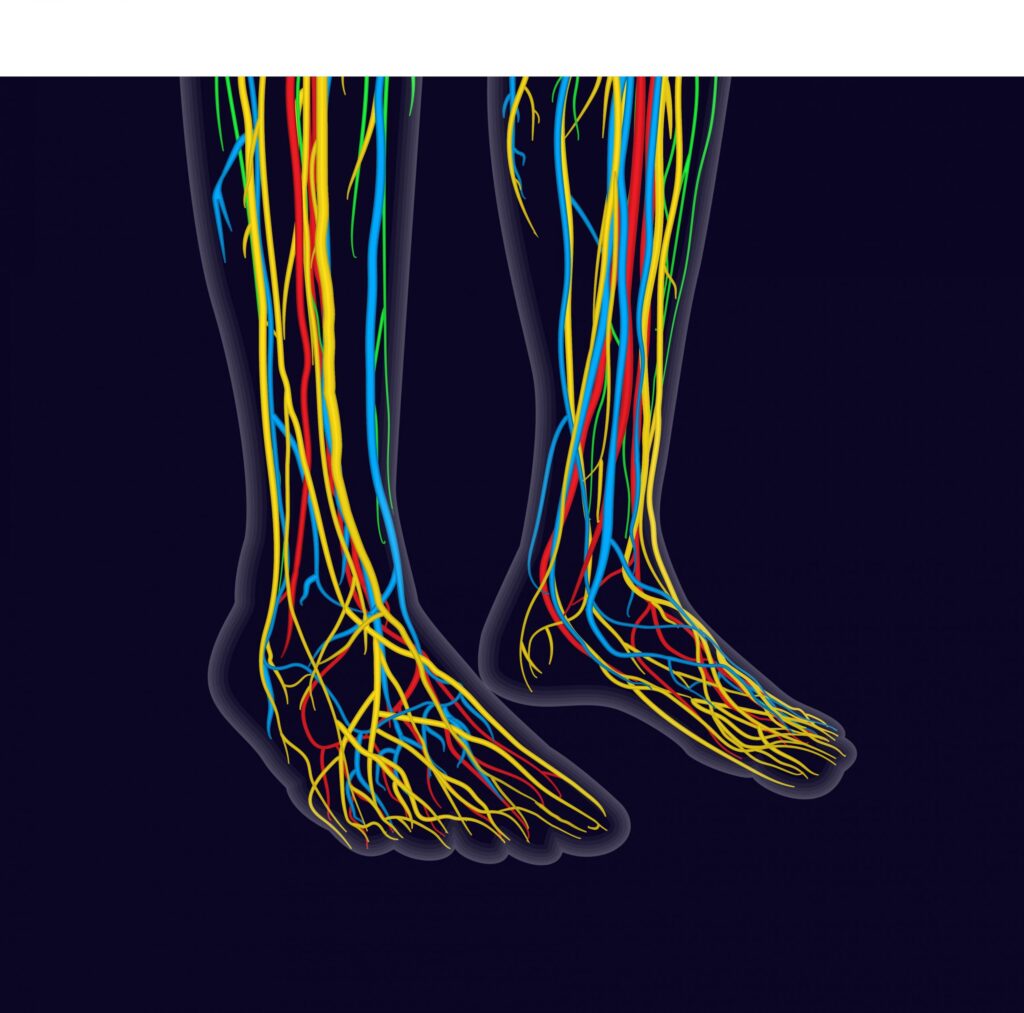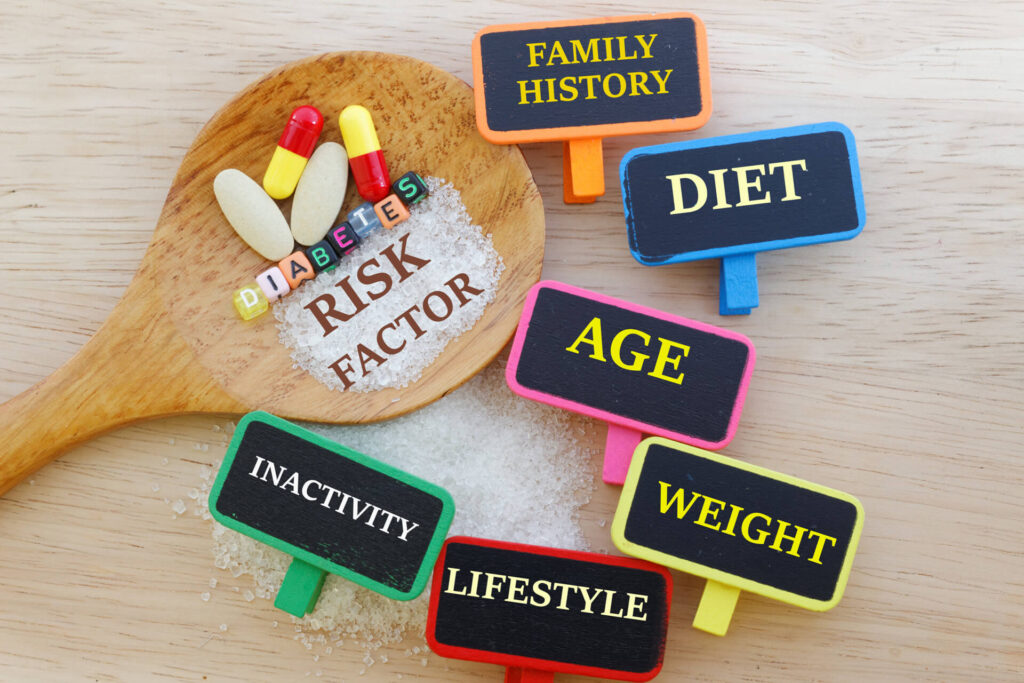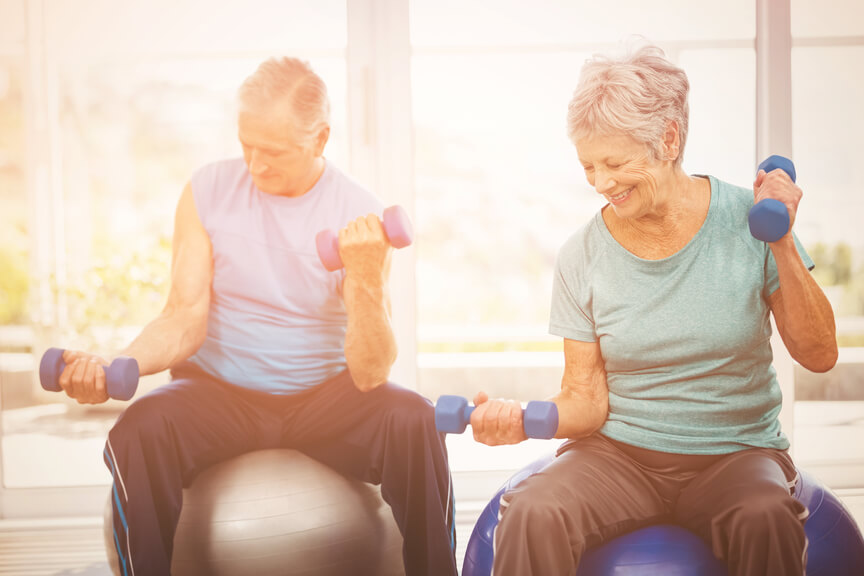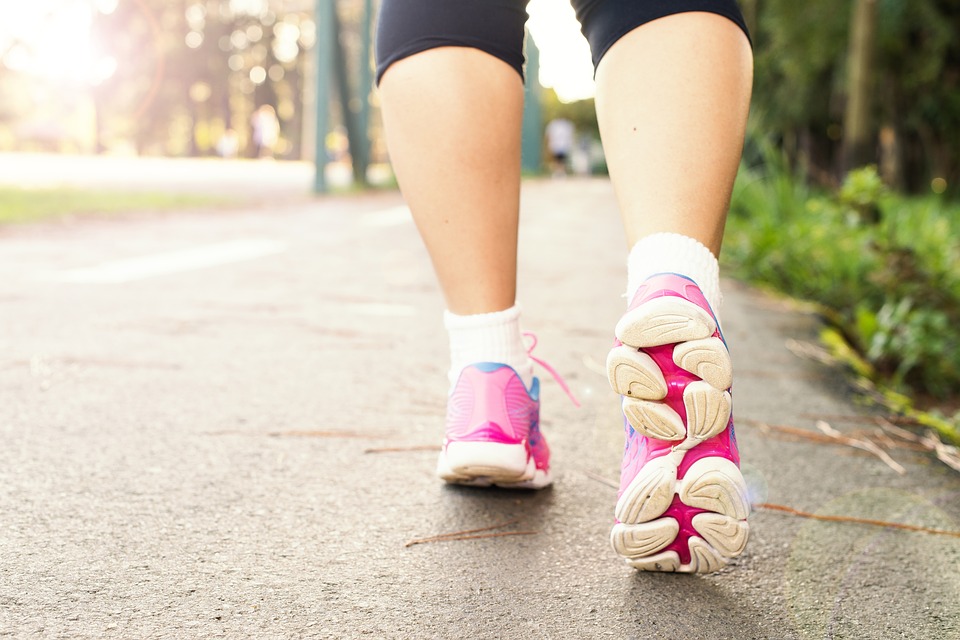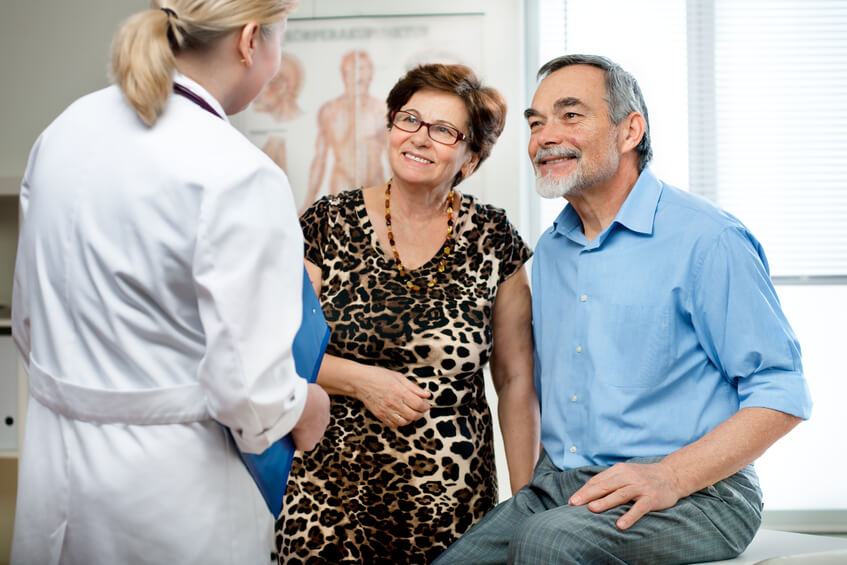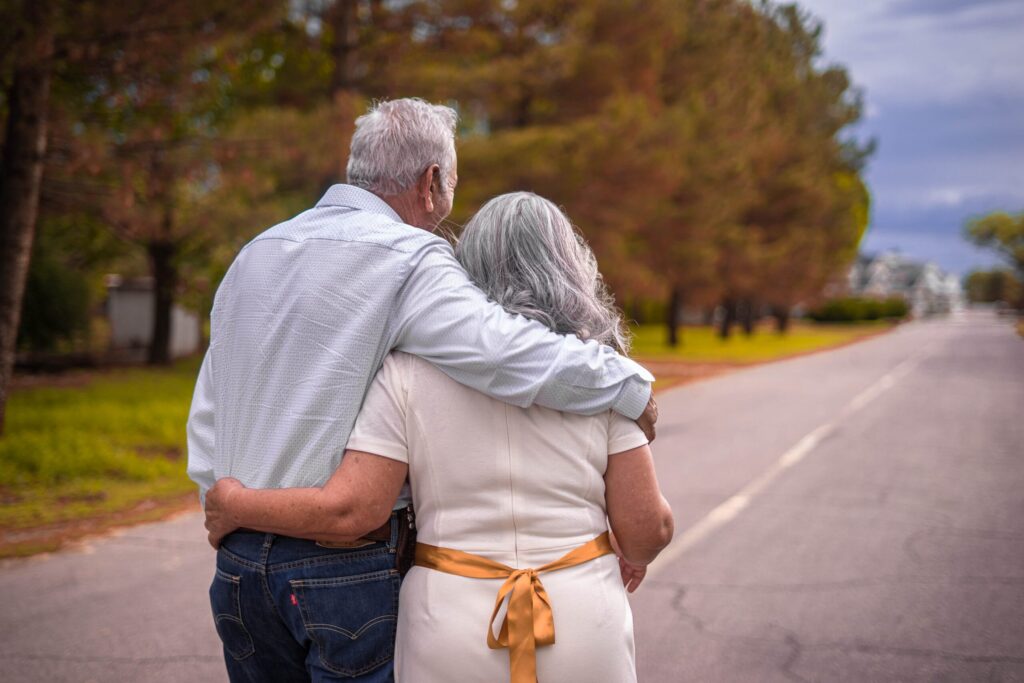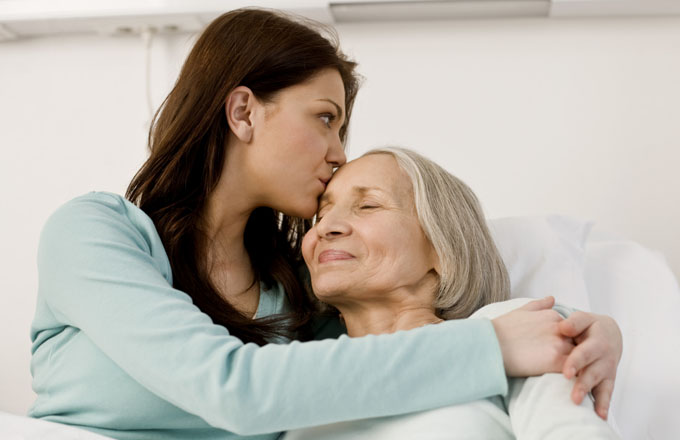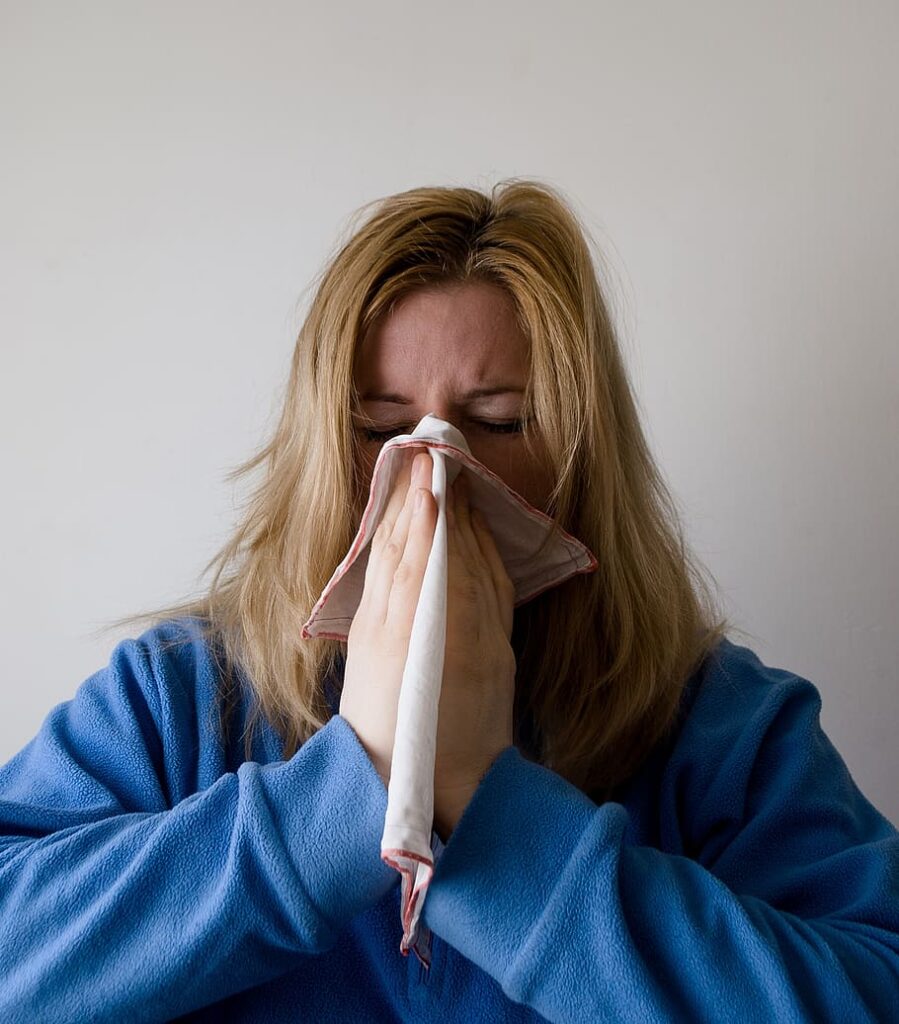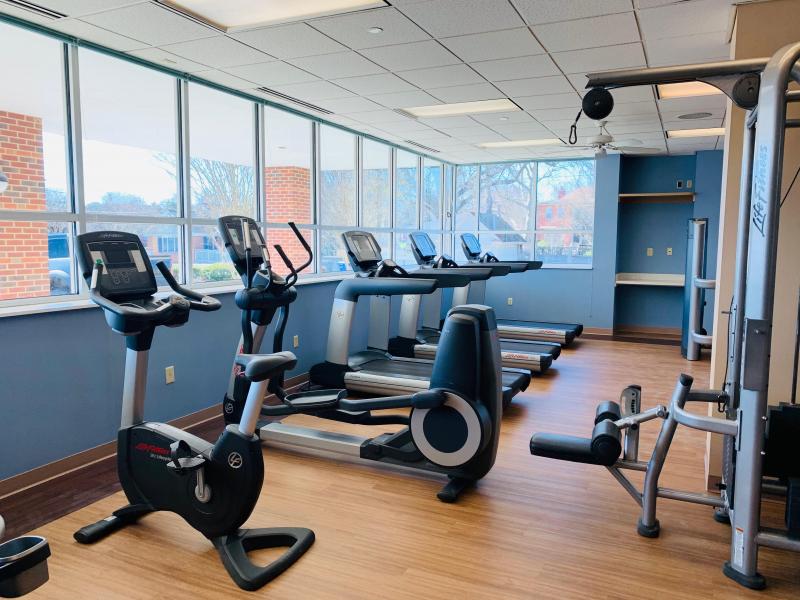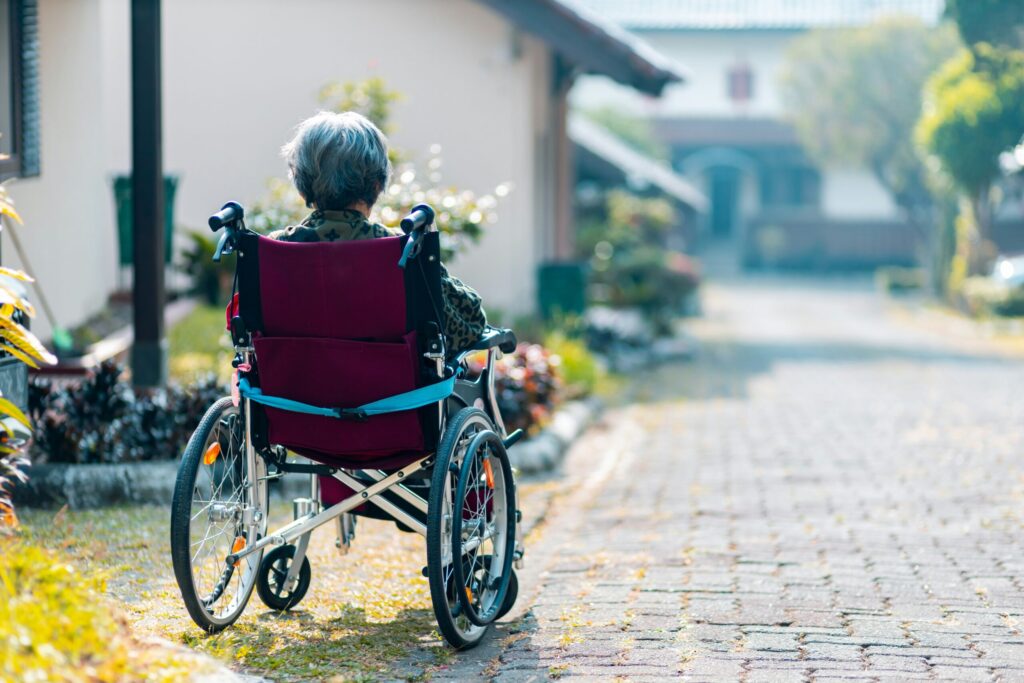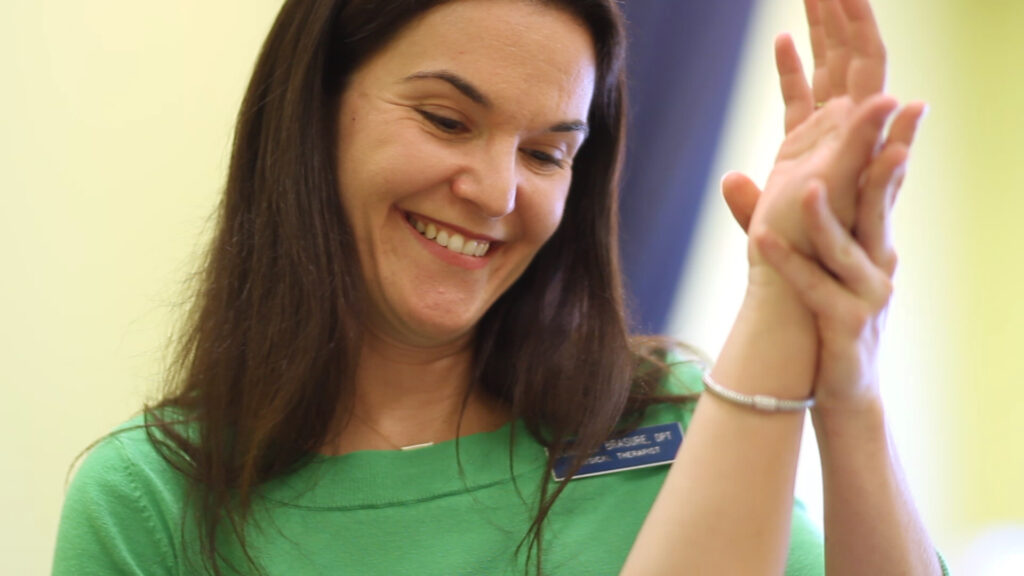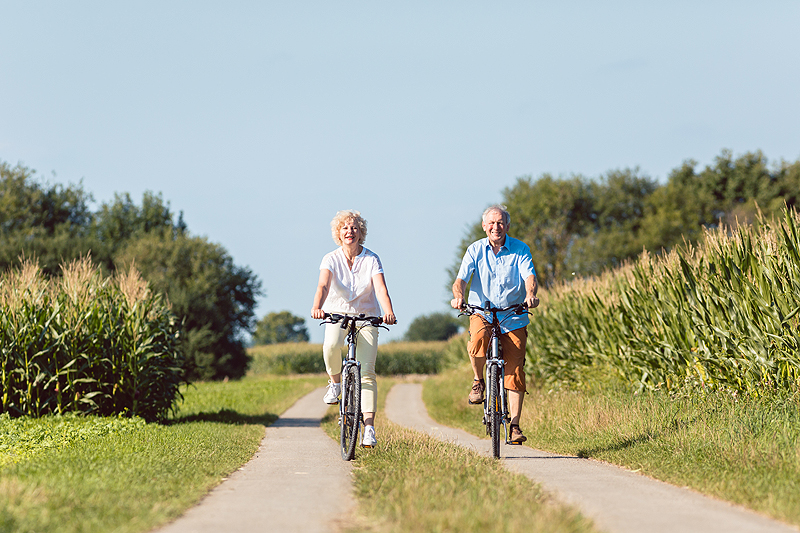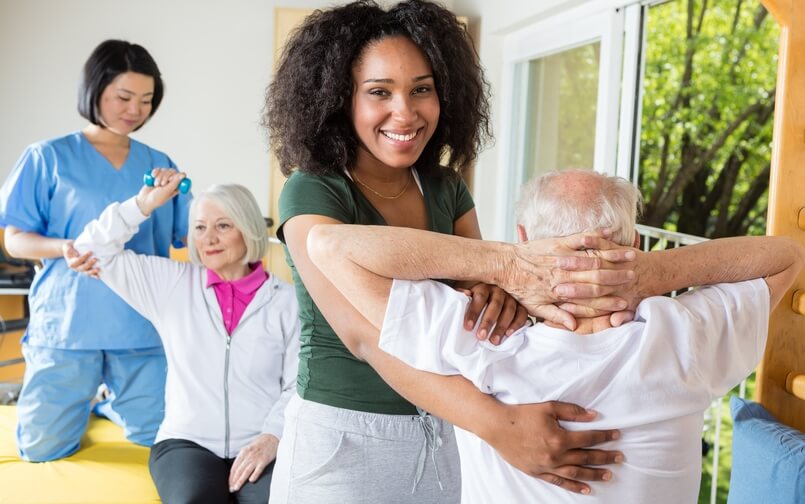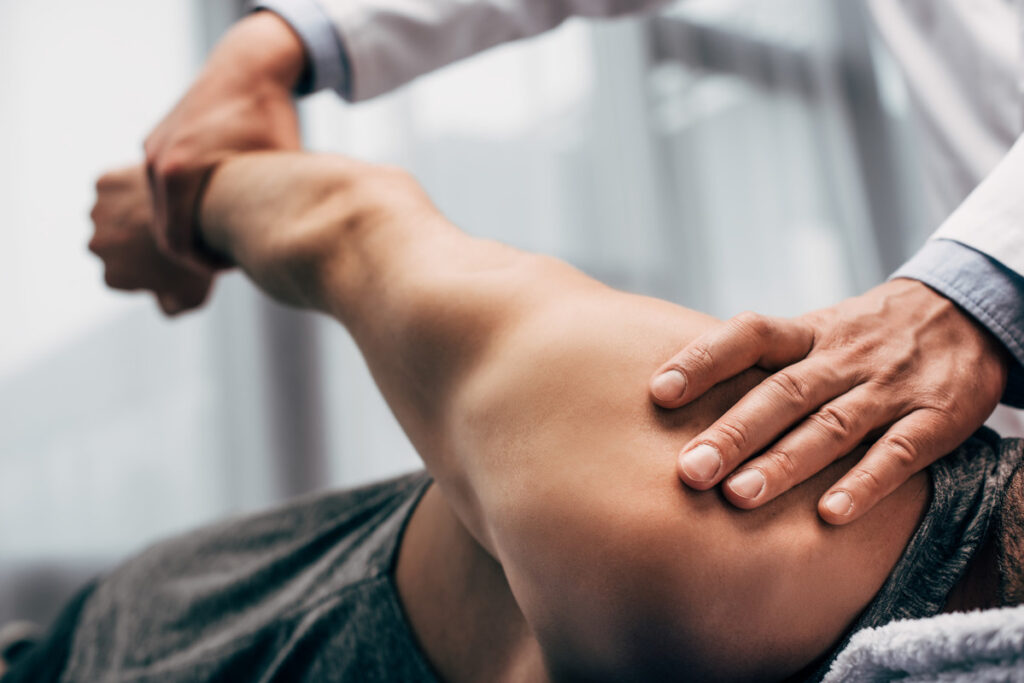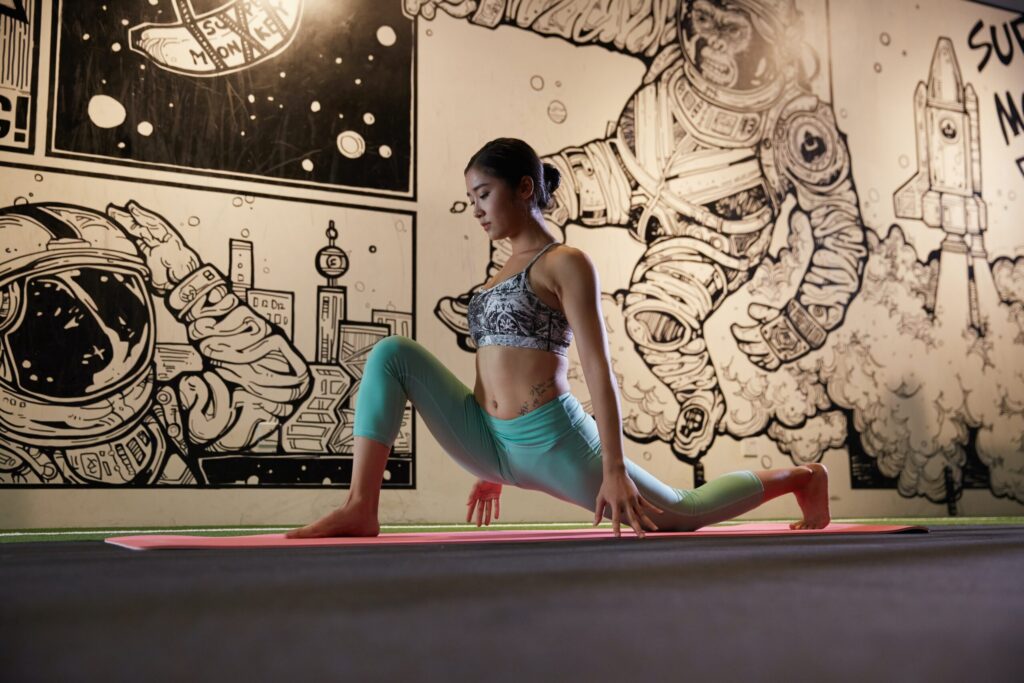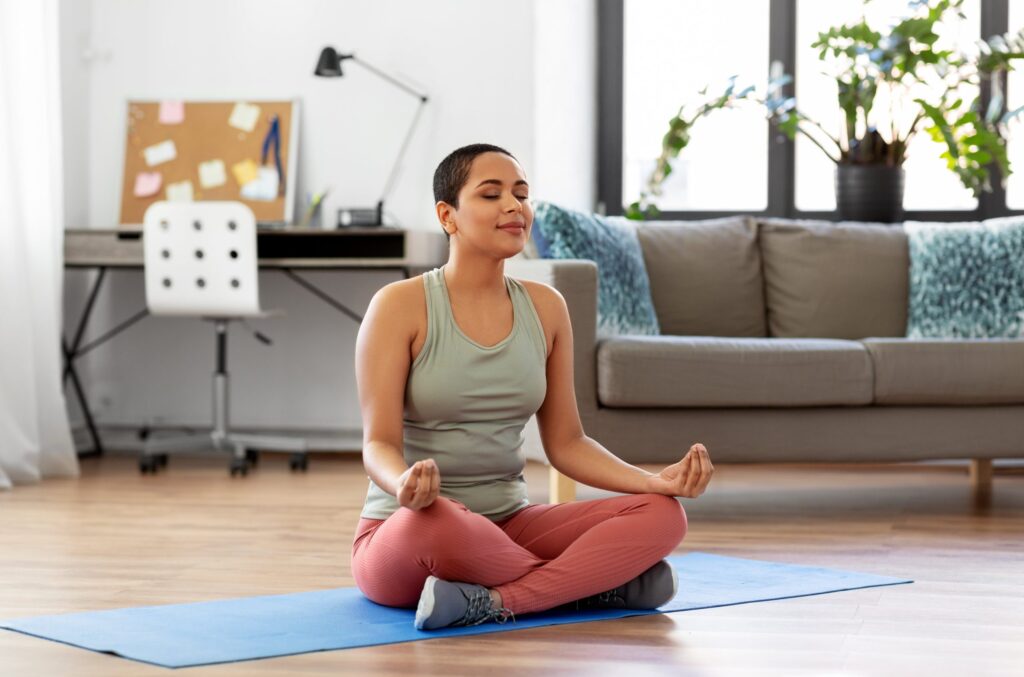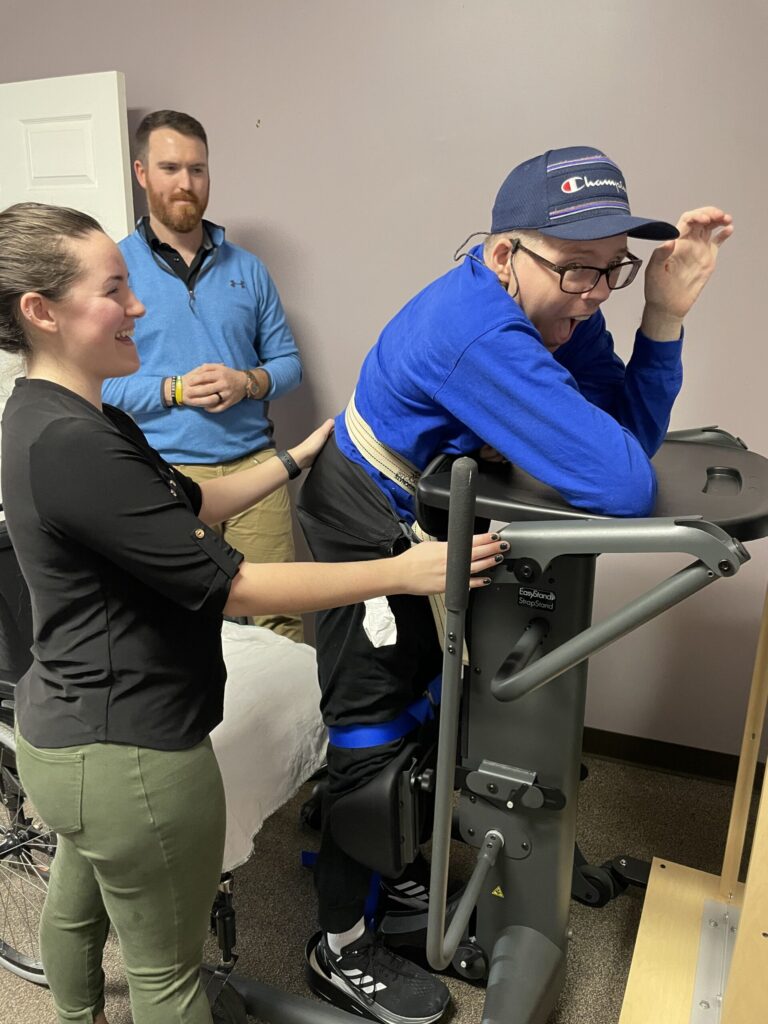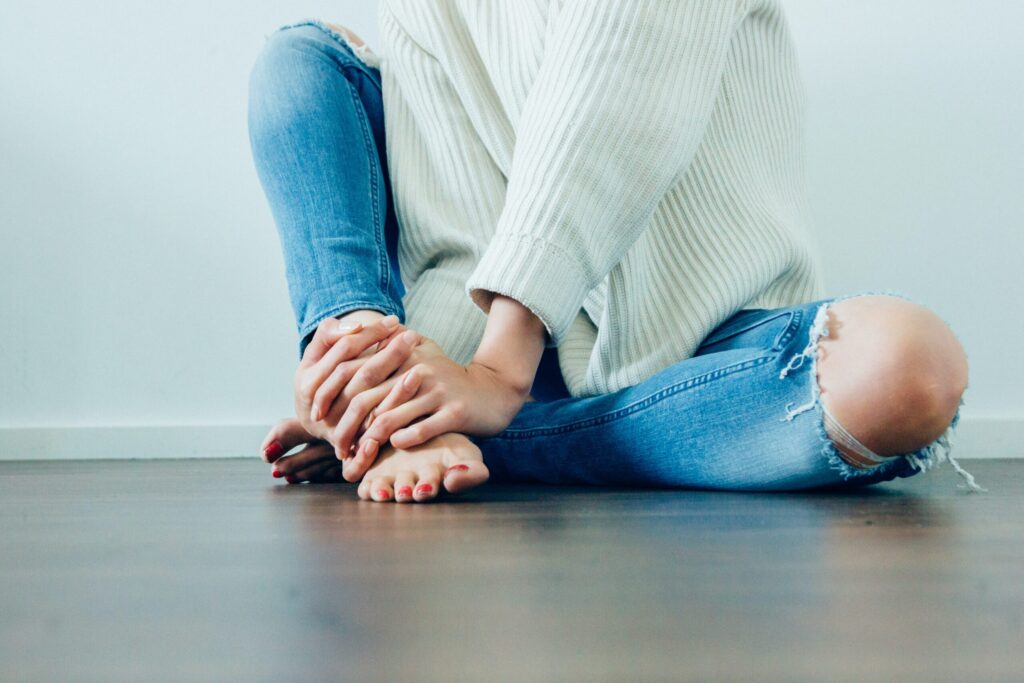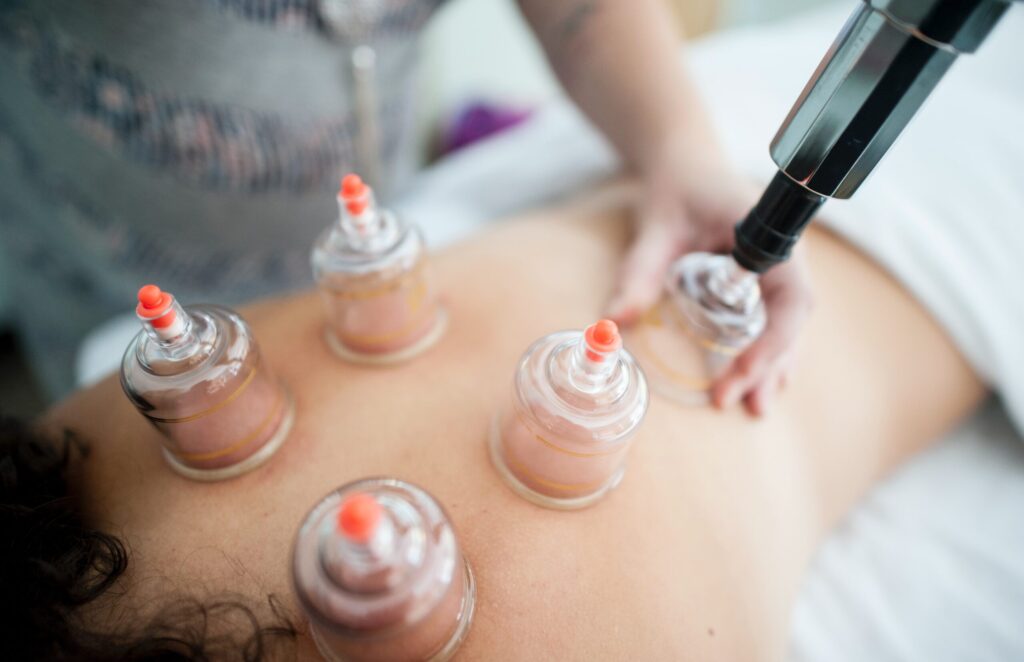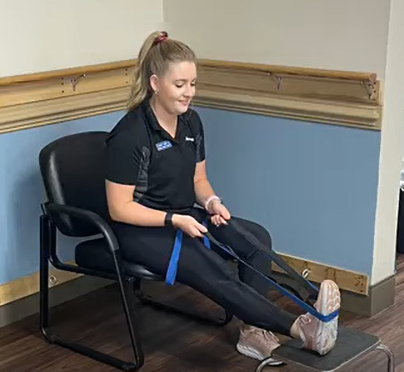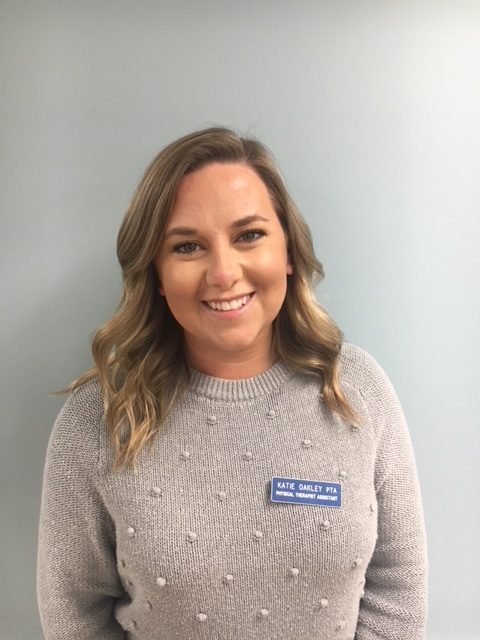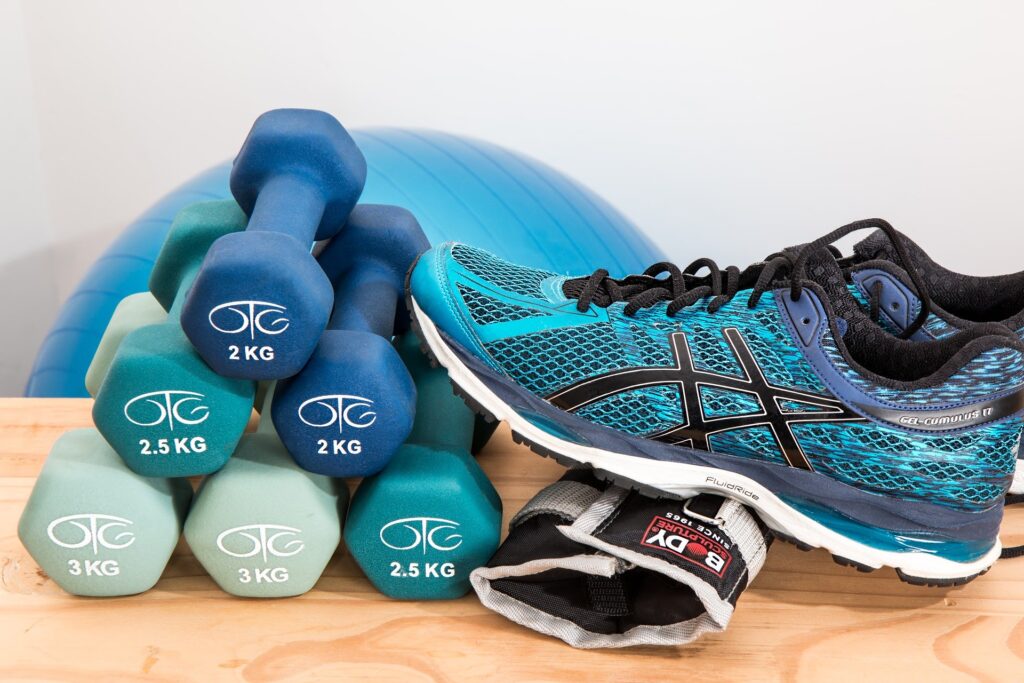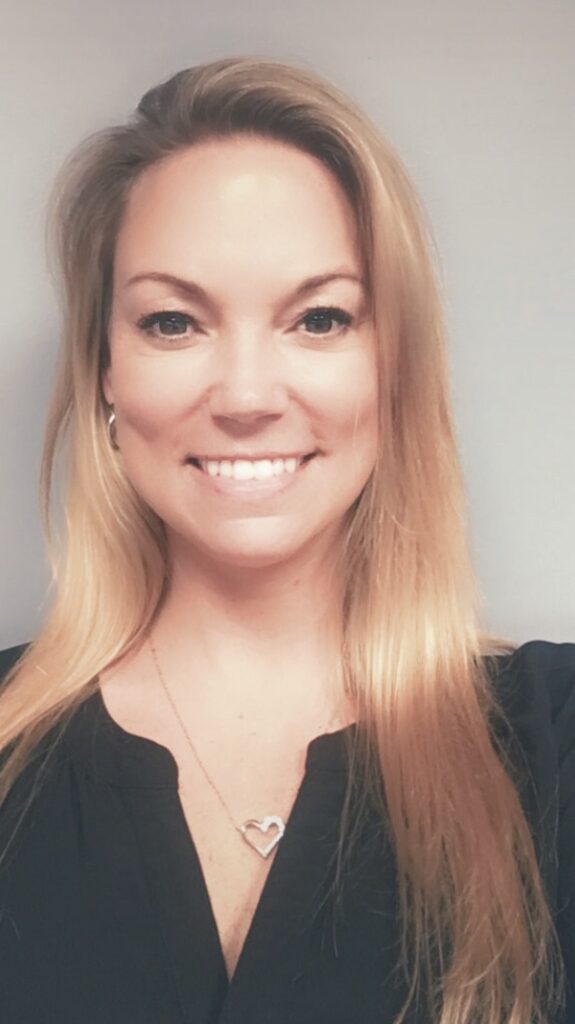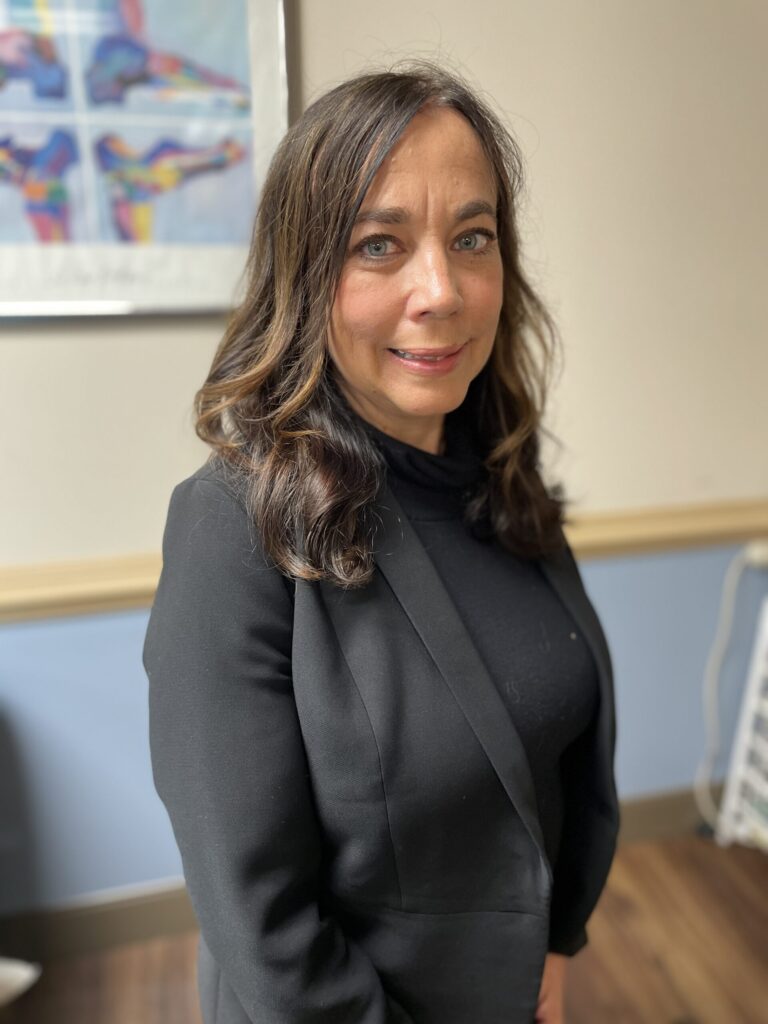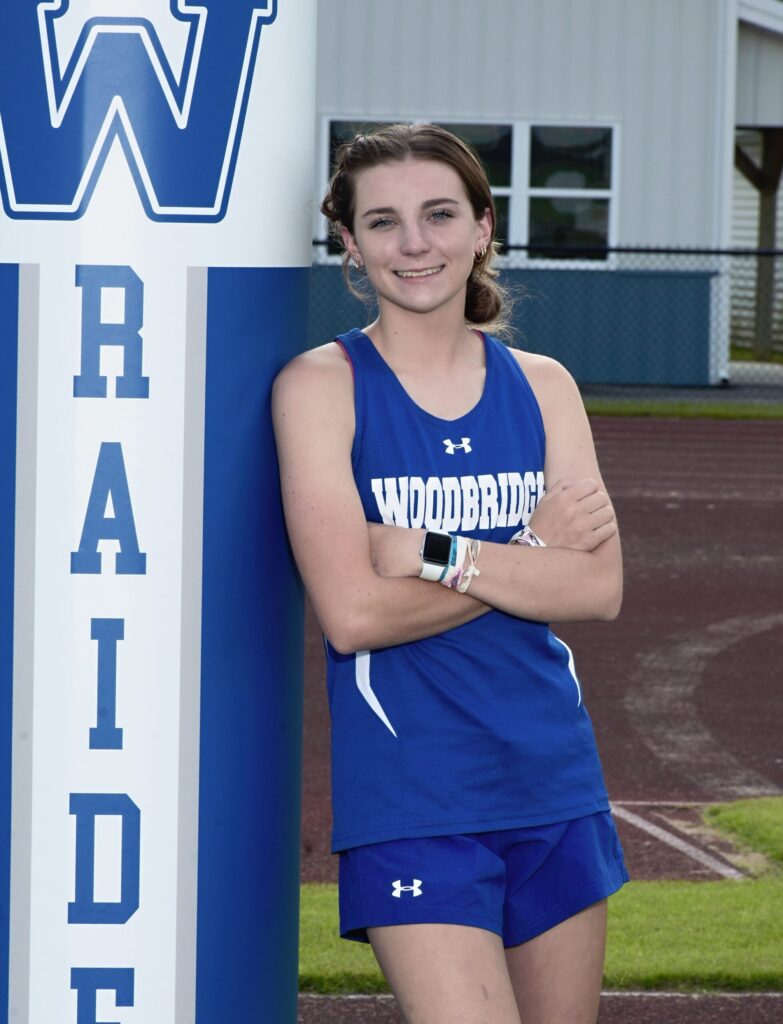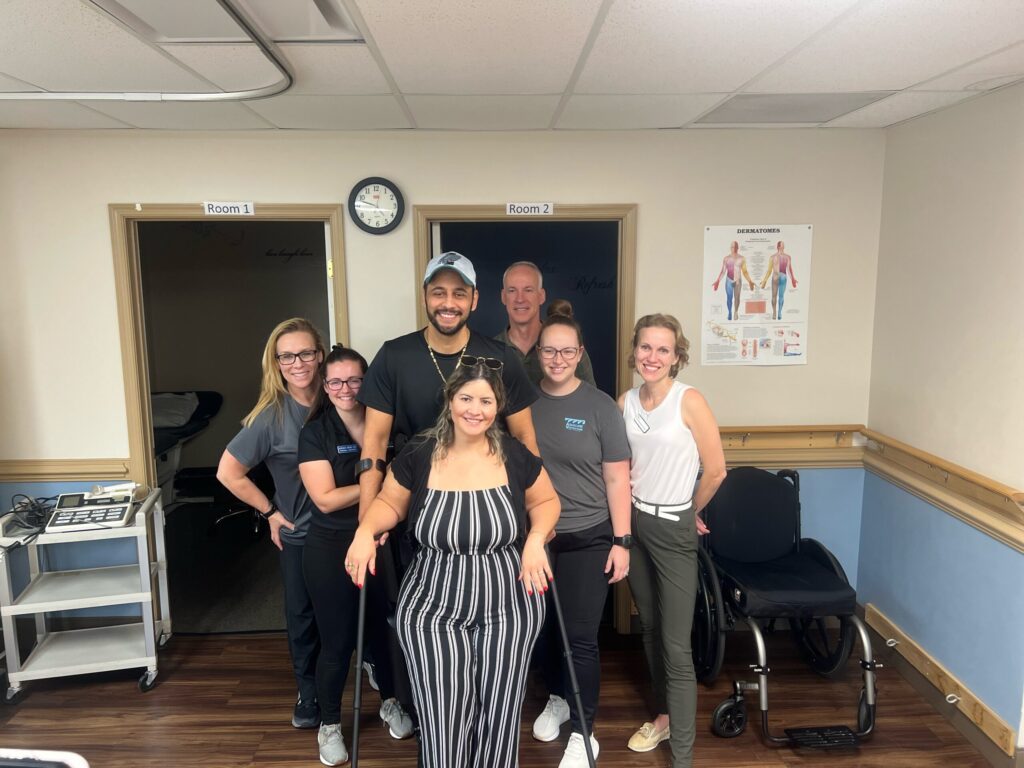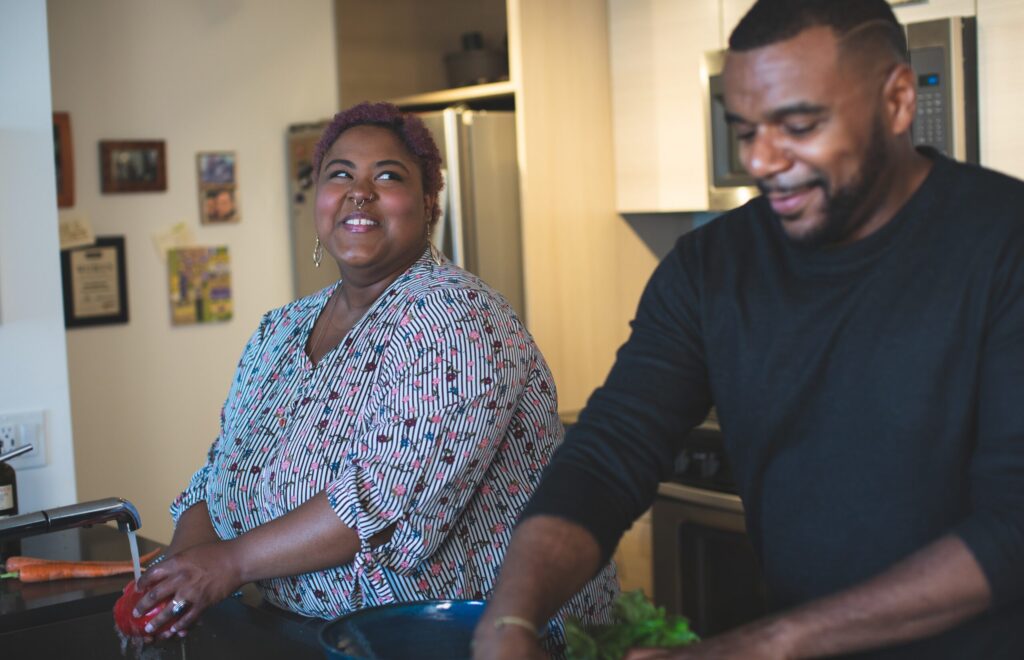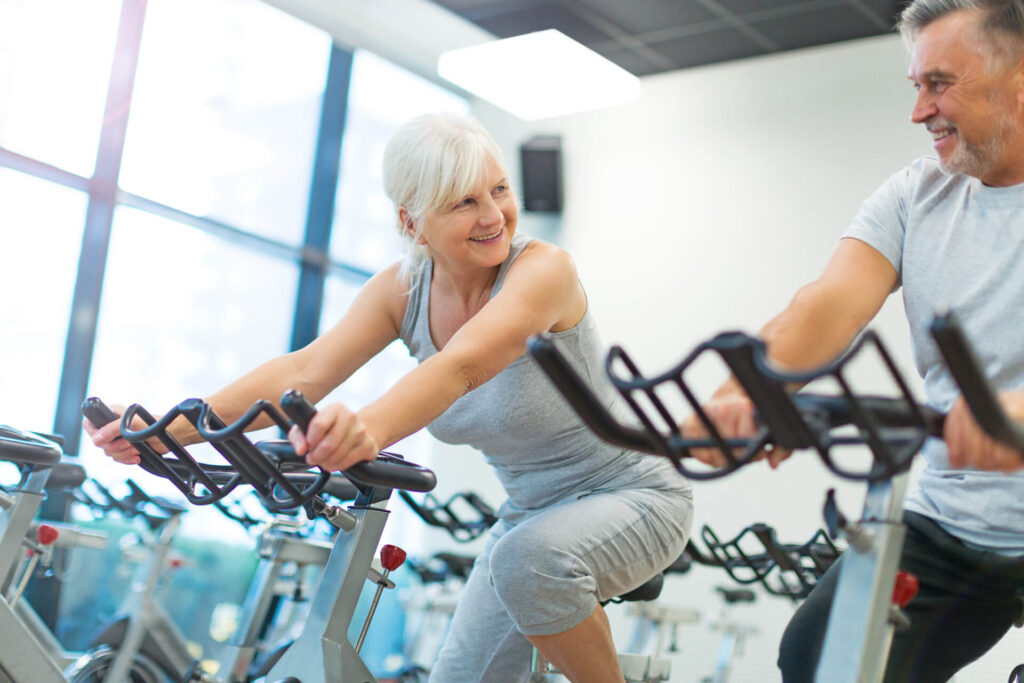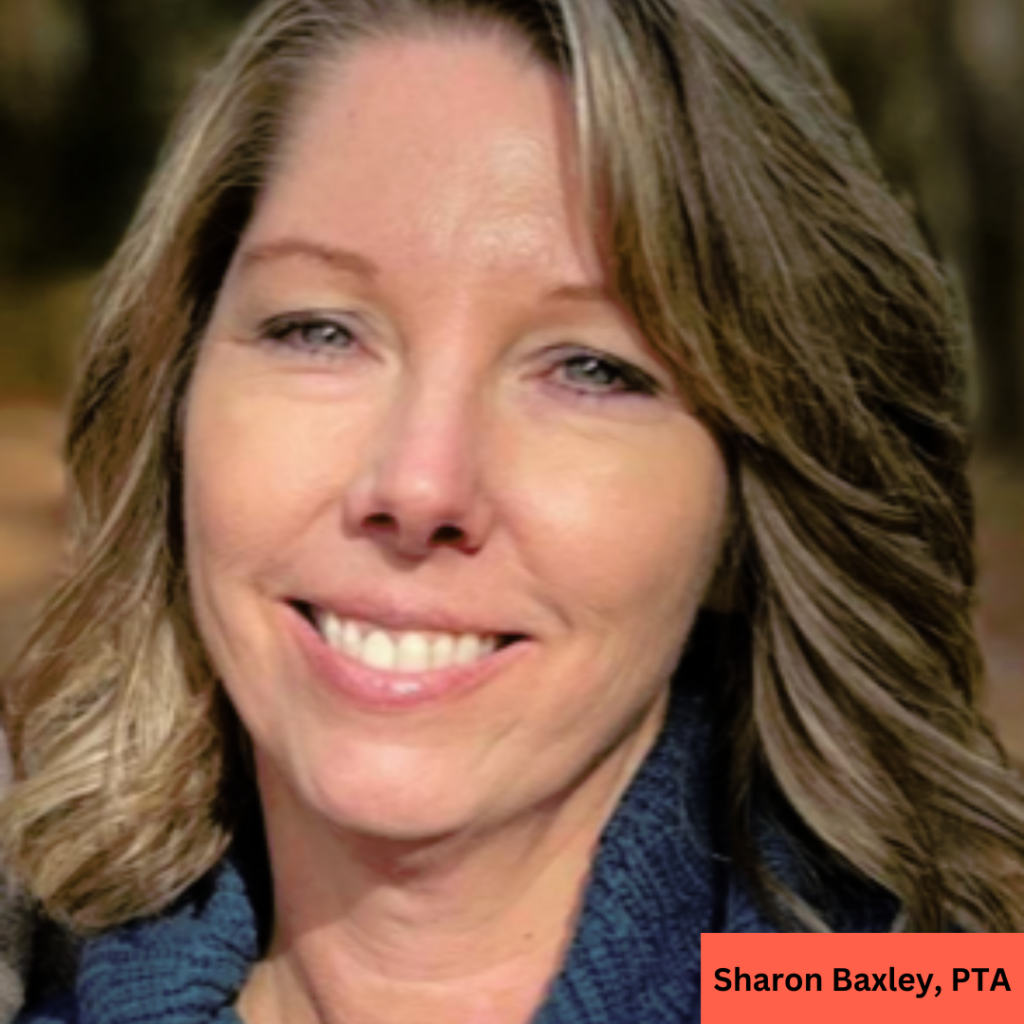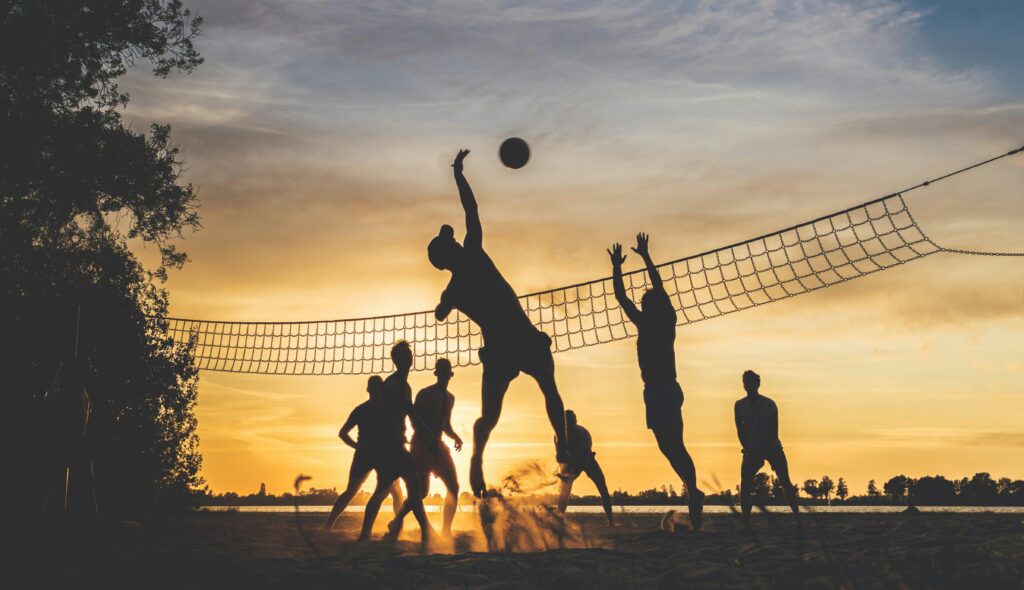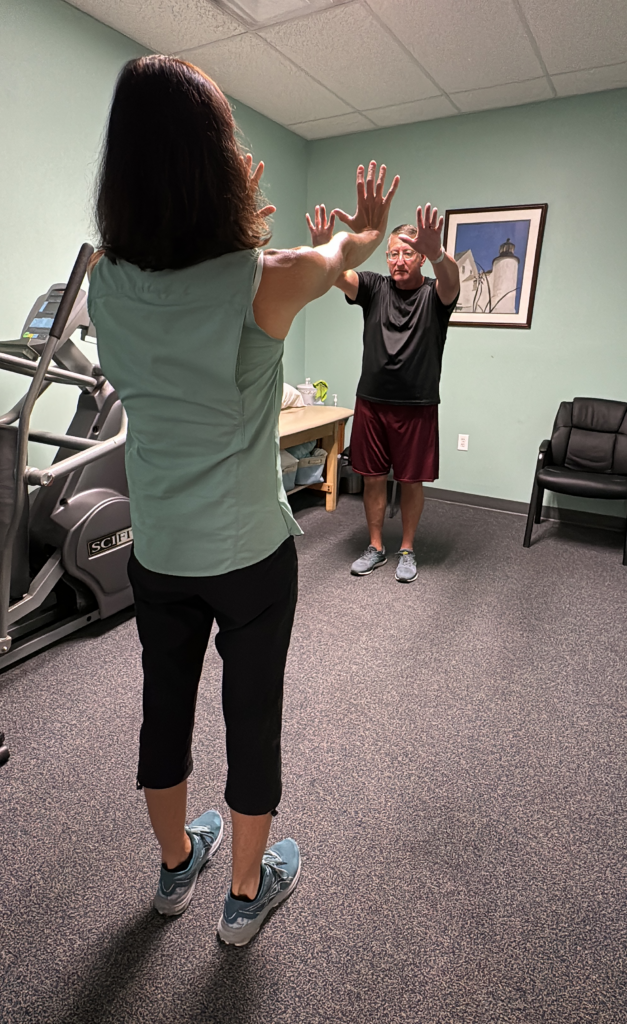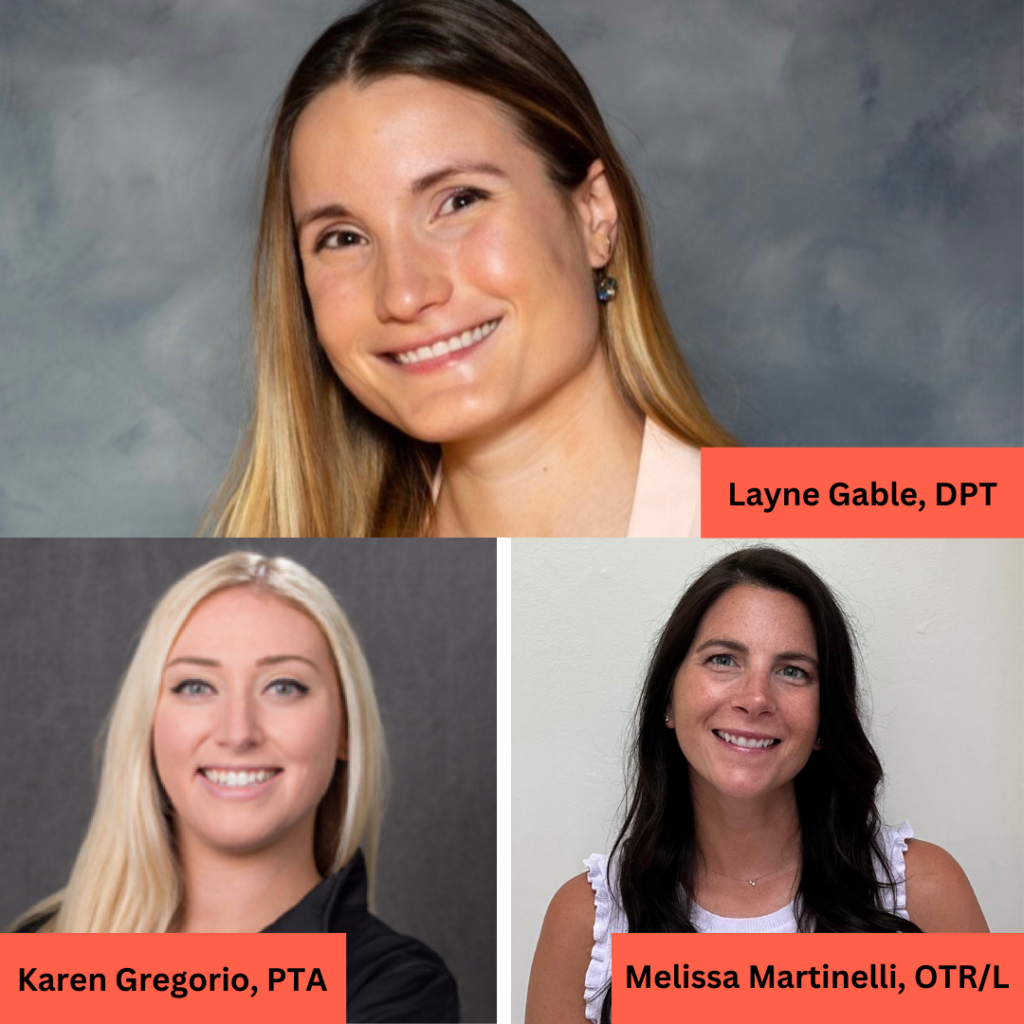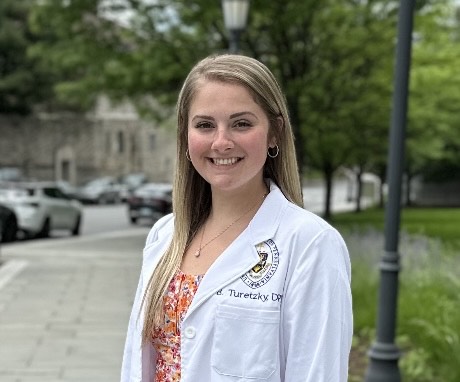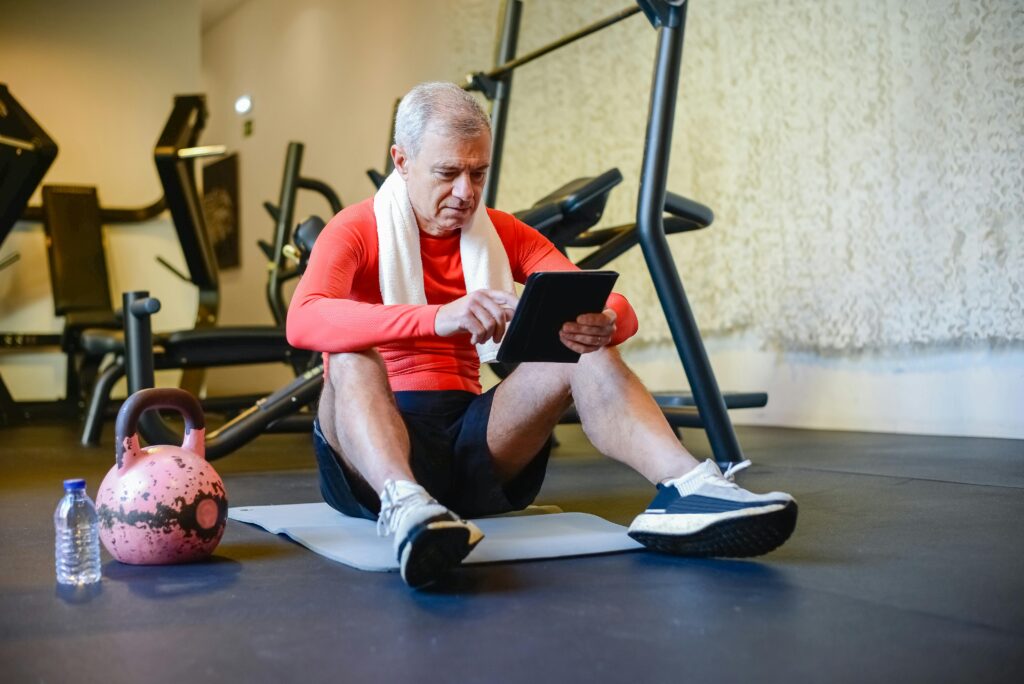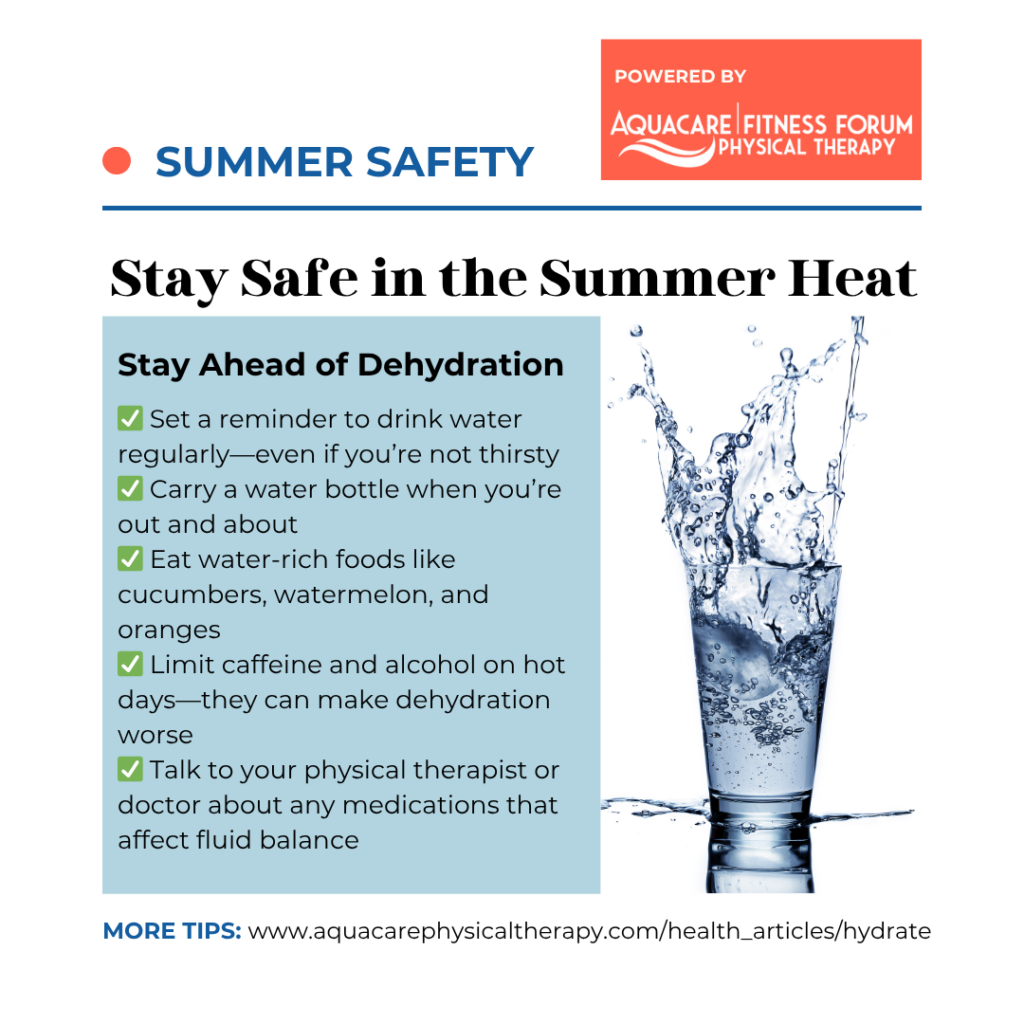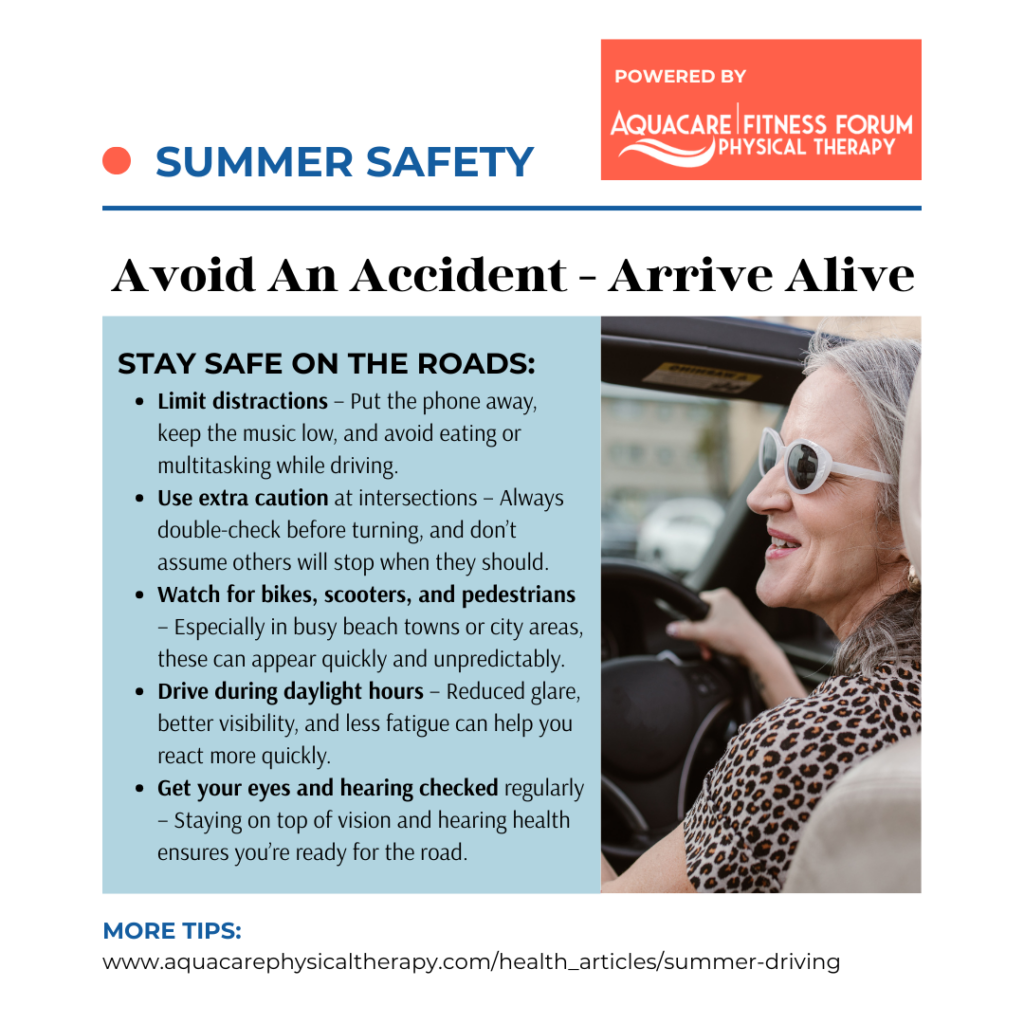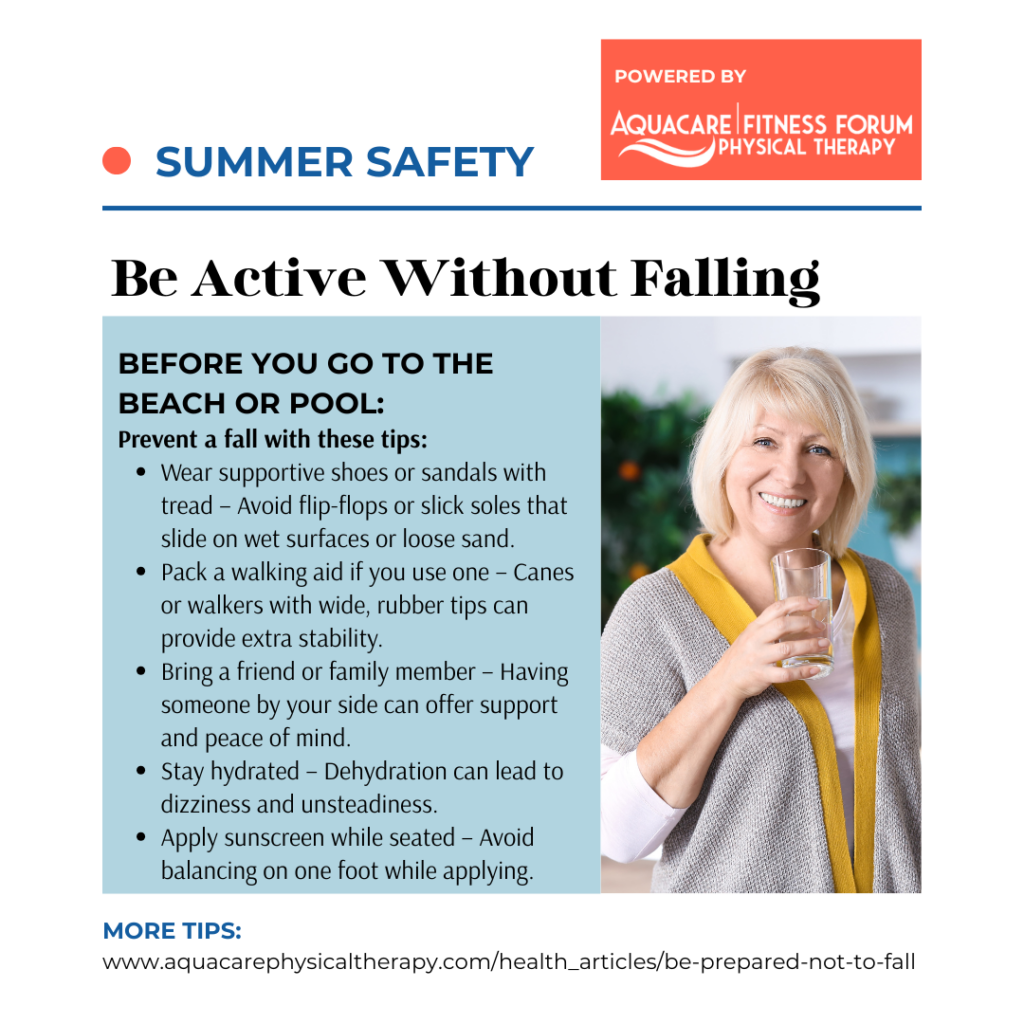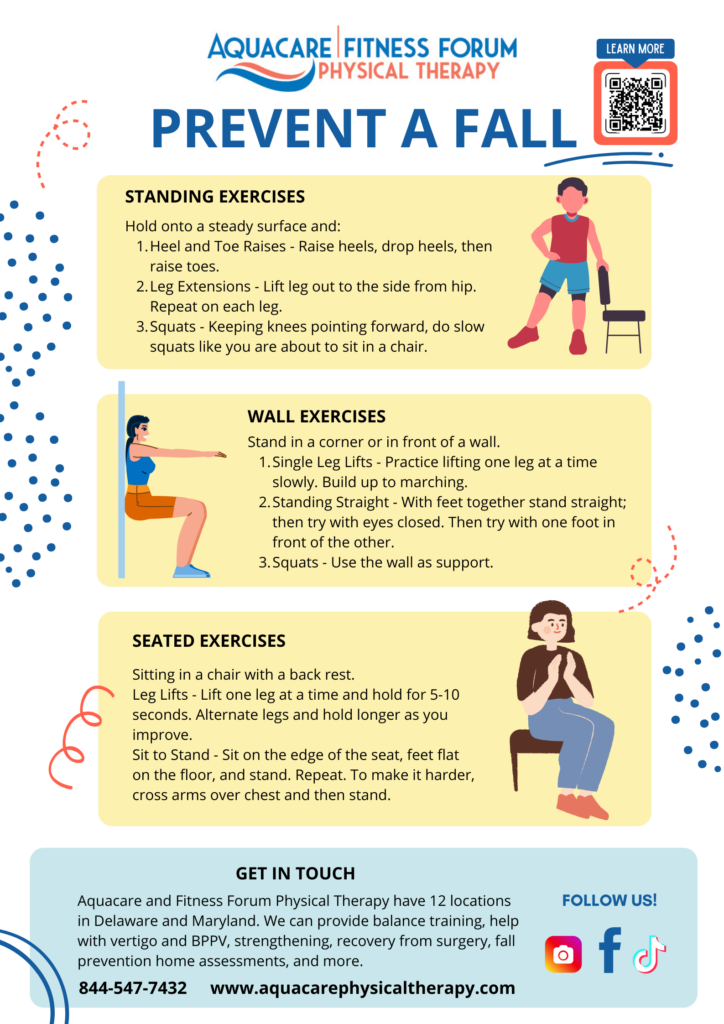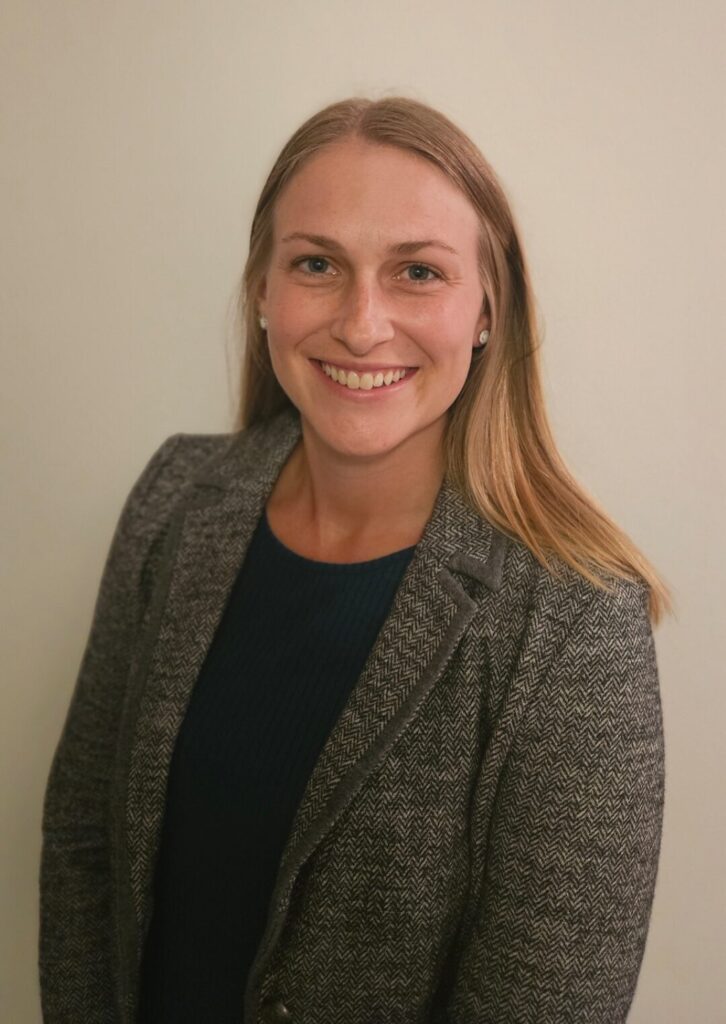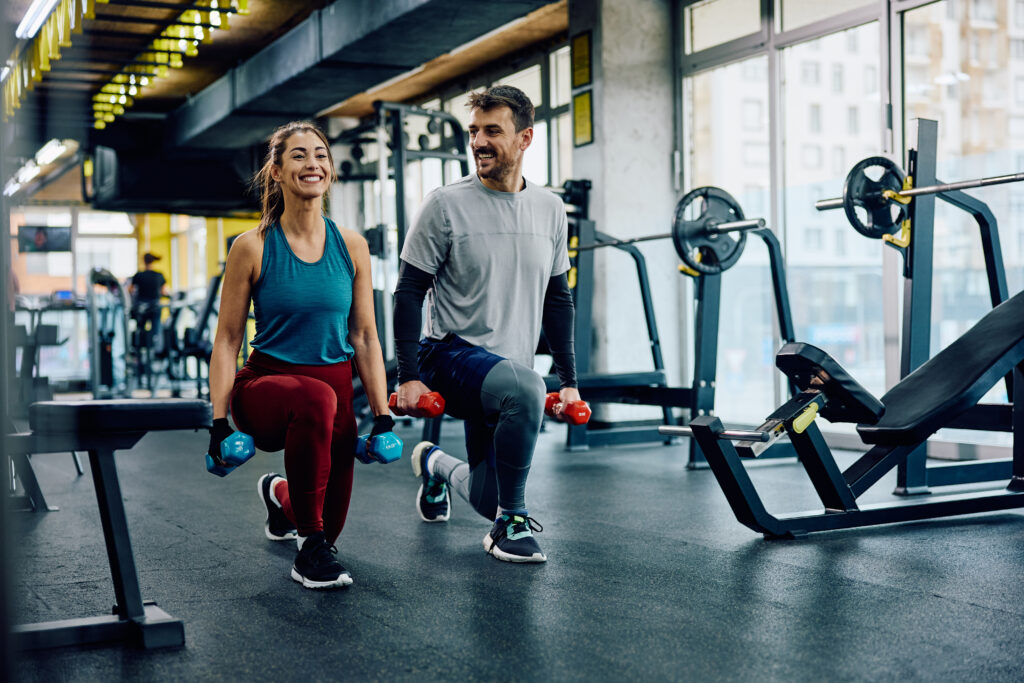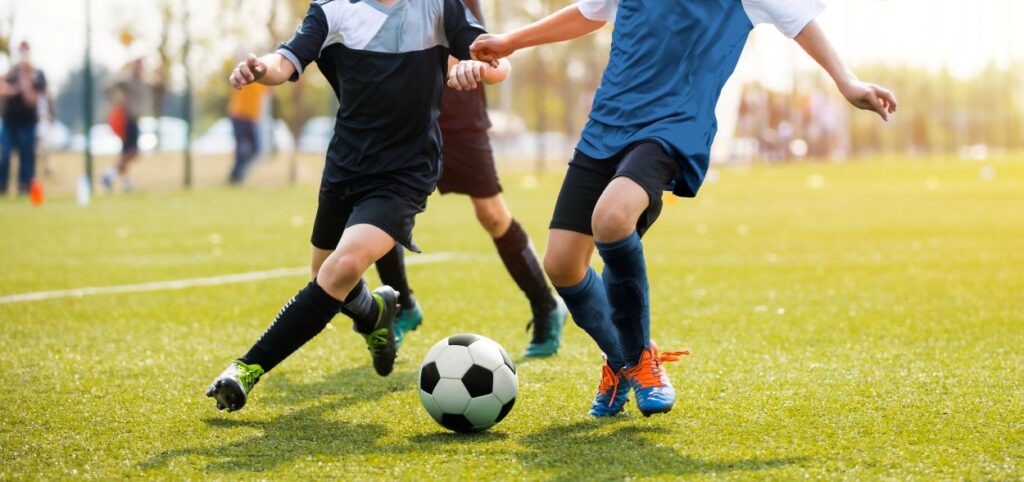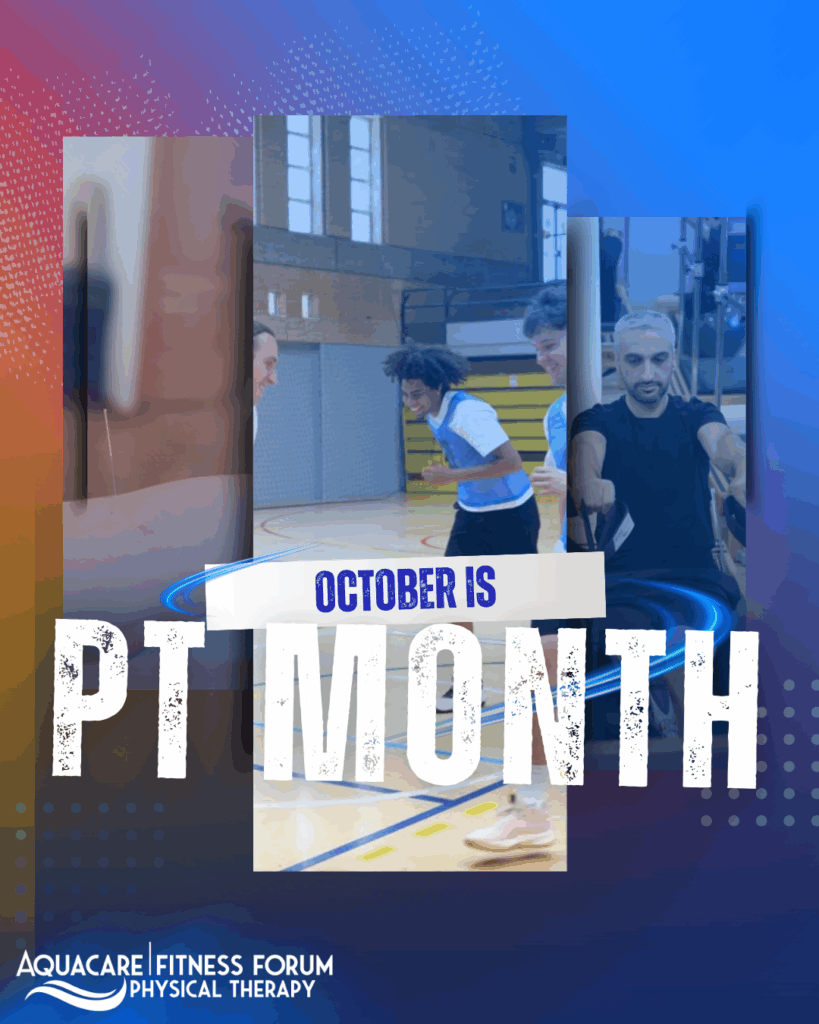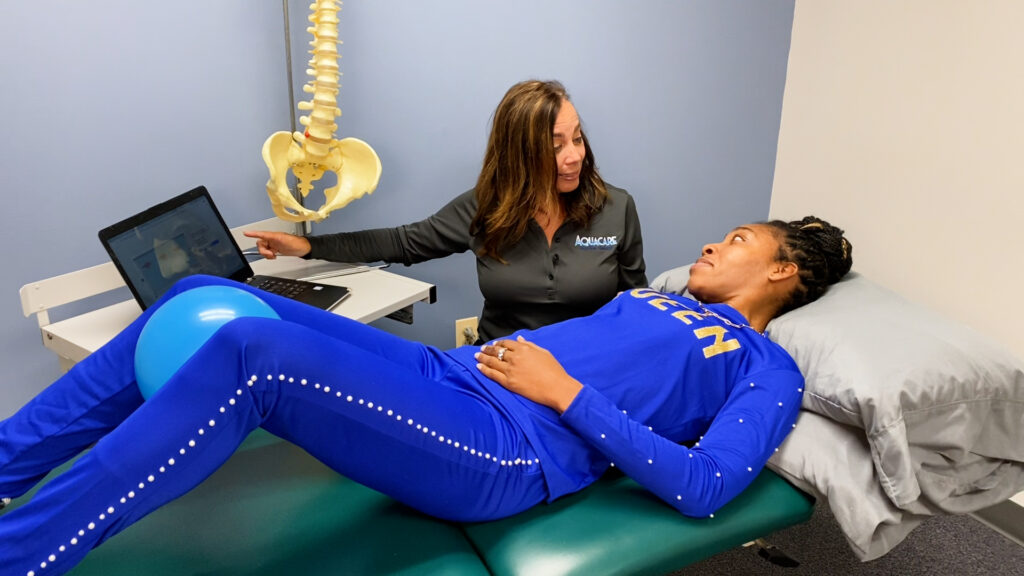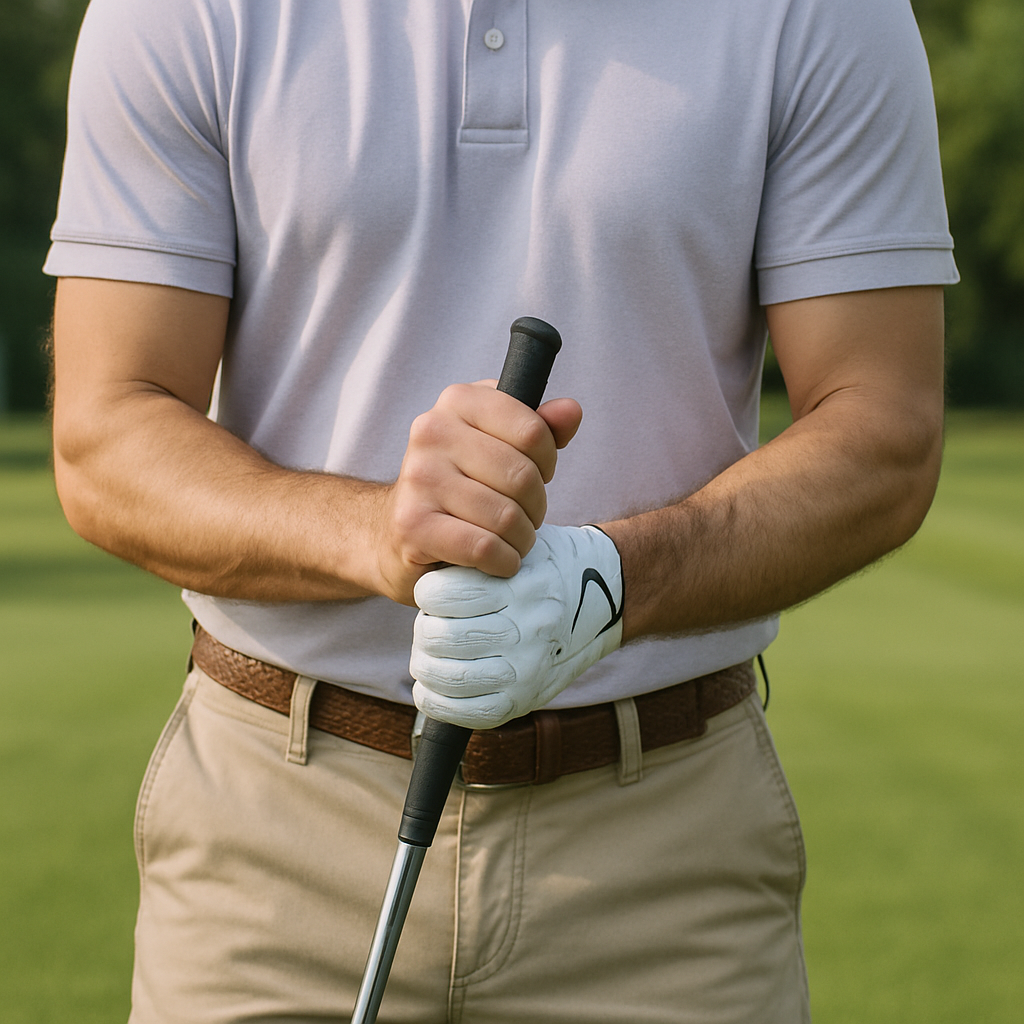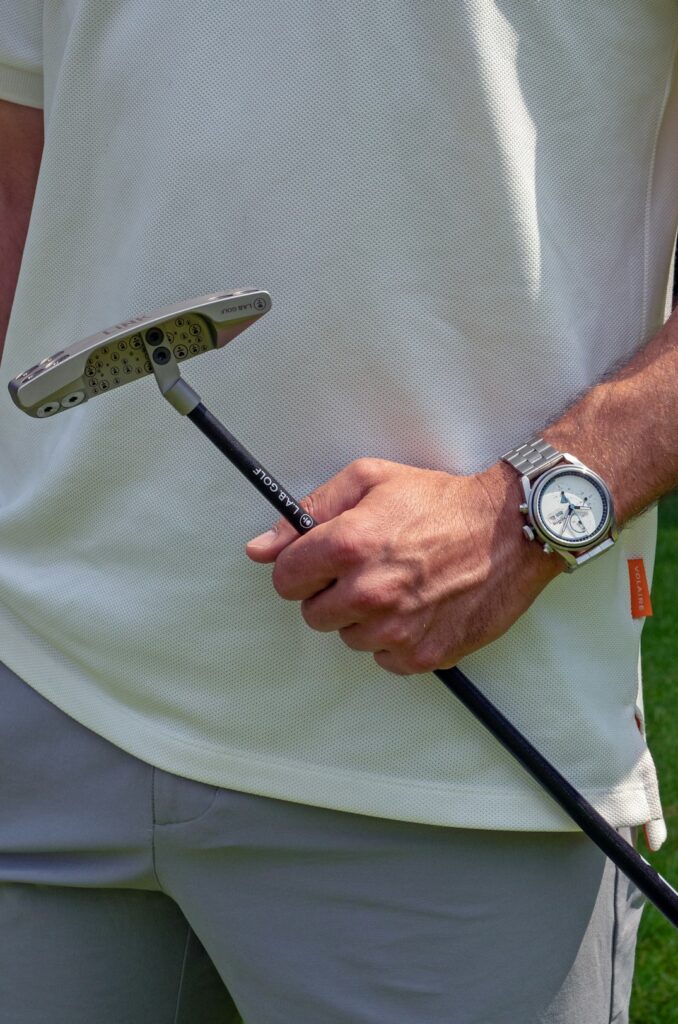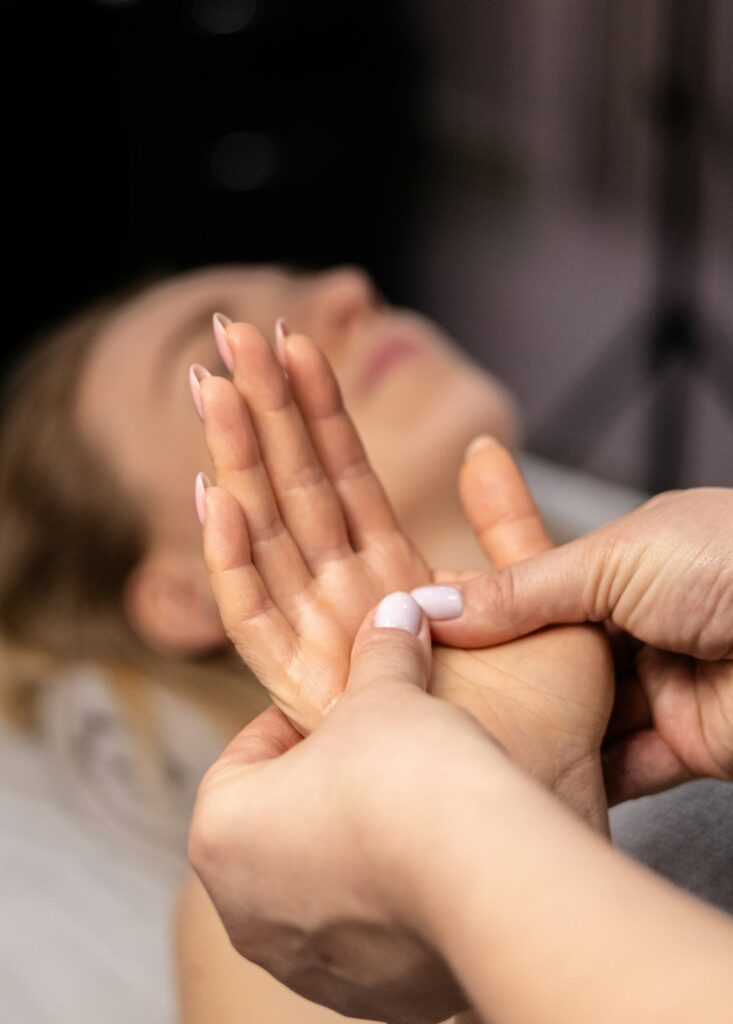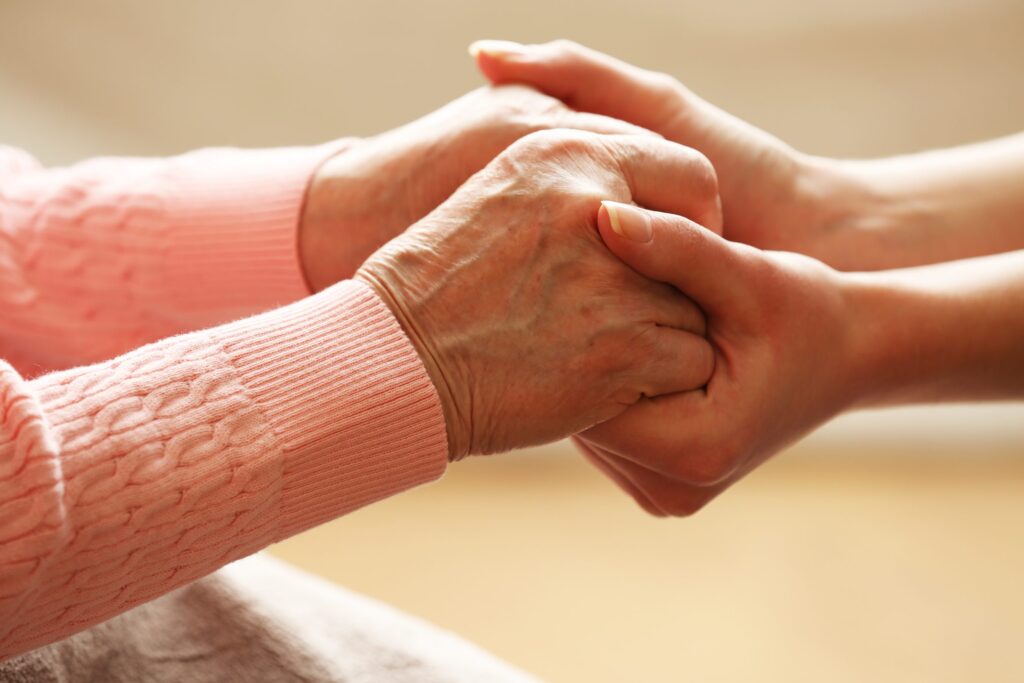
“Caring” for a Caregiver

What Is a Caregiver?
When you or a loved one is injured, the primary concern is to get better. To achieve this goal, a caregiver is sometimes involved. As a caregiver, you inherit a large amount of responsibility to make sure nothing happens to your patient or loved one. Most caregivers are family members, friends, or trained employees; however, most of these caregivers have never provided physical assistance before to help someone who is no longer fully independent with their activities of daily living. So…who’s training these caregivers?
WhatDoes A Caregiver Do?
As a caregiver, you need to be aware of a variety of different aspects in which you will be aiding; such as with handling medications, endorsing proper nutrition, and physically helping the patient move around within the home and community. As a caregiver, it is essential that you not only advocate for the patient’s care, but for your own care as well. When you are the primary caregiver, there are a few important questions to ask yourself in order to make sure you can provide the best care for your loved one.
One of the most important questions to ask yourself is, “How do I best learn”? Is it through verbal conversions, visually with pictures, watching someone demonstrate an activity, handouts to read over, videos to watch, or performing the task yourself? By knowing what kind of learner, you are, you can assure yourself that you will understand what is required of you and help appropriately.
What Are Some Potential Roles of a Caregiver?
As a physical therapist, there are a few tasks in which I would like to watch a caregiver perform with the patient who requires assistance. How does the caregiver help the patient move or get into bed? How does the caregiver help the patient stand up and sit down in a chair? How does the caregiver provide assistance when the patient is walking? What about negotiating stairs? How about getting in and out of a car? Toileting? Dressing? Bathing? These are all common tasks that a caregiver may need to assist in and should be adequately trained to do so. As a physical therapist, I am observing the patient’s safety during these activities, but I am also looking at the body mechanics and safety of the caregiver as well. It is so important as a caregiver to use appropriate body mechanics when helping reduce stress on the spine and decrease your own risk for injury.
Caregivers and Physical Therapy
If you are a caregiver that helps physically, it is important to be involved with the patient’s physical therapy. Not only can you see what the patient is capable of physically performing, but also to see how the physical therapist aids assistance with the tasks listed about. ASK QUESTIONS! The more questions, the more confident you will feel as a caregiver, and the safer you and the patient will be. Self-efficacy of the caregiver provides increased patient safety, reduced stress of al parties, and improved communication between the therapist, the patient, and you!
HowCan I Get Help as a Caregiver?
If you would like to learn more about how you can be a more effective and health caregiver, reach out to the physical therapists at Aquacare Physical Therapy to assist you with helpful strategies! https://aquacarephysicaltherapy.com/free-consultation/
Written by Carson Wigley DPT – Salisbury location
Carson was born and raised locally in Salisbury, Maryland. After completing high school, she went to North Carolina and graduated from Wake Forest University with a degree in Health and Exercise Science. She then continued her education at Duke University, receiving her Doctorate in Physical Therapy (DPT) in 2018. During her time at Duke, Carson had the opportunity to learn from a wide variety of physical therapy experiences. These experiences included a rotation at a skilled nursing facility in Philadelphia, Johns Hopkins’ inpatient rehabilitation unit, and an outpatient facility that worked with Division I athletes from Radford University. Carson has a passion for treating neurological conditions, orthopedic conditions, and geriatric clients. After graduation, she came back to the Eastern Shore of Maryland to further benefit her community and provide the highest level of care regarding health and fitness for her patients!

